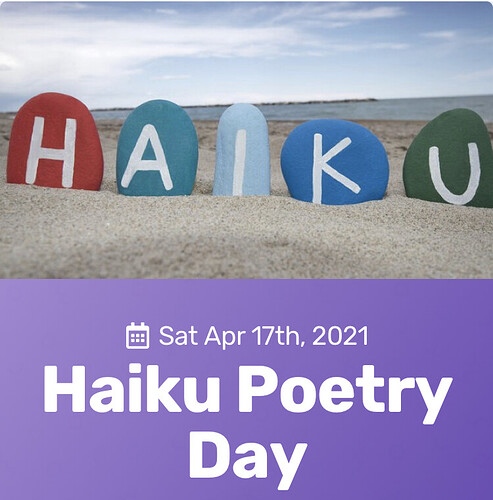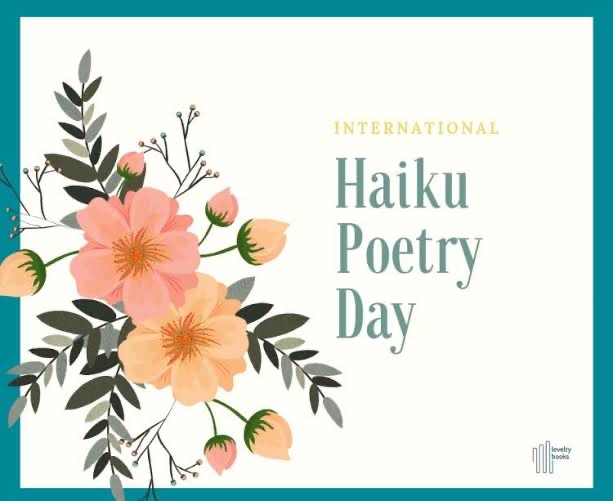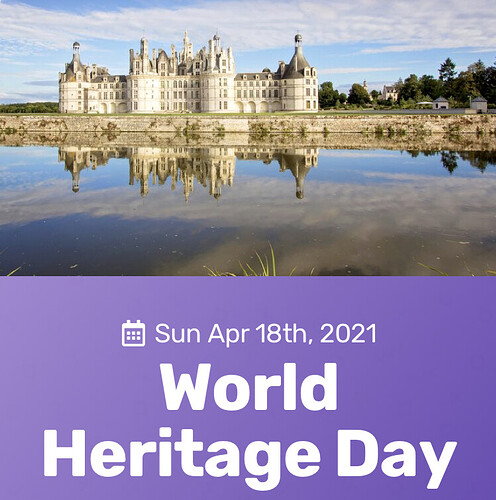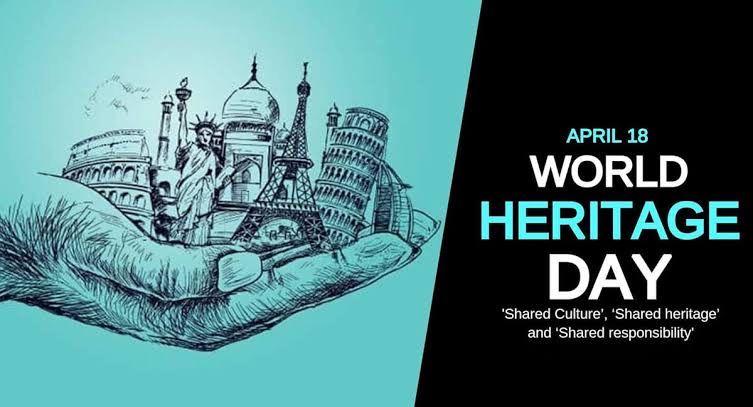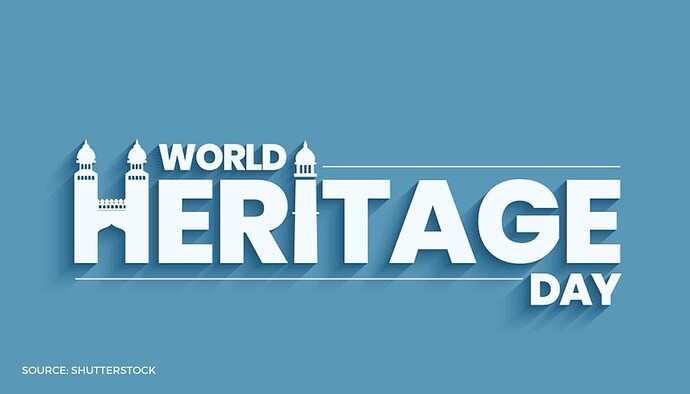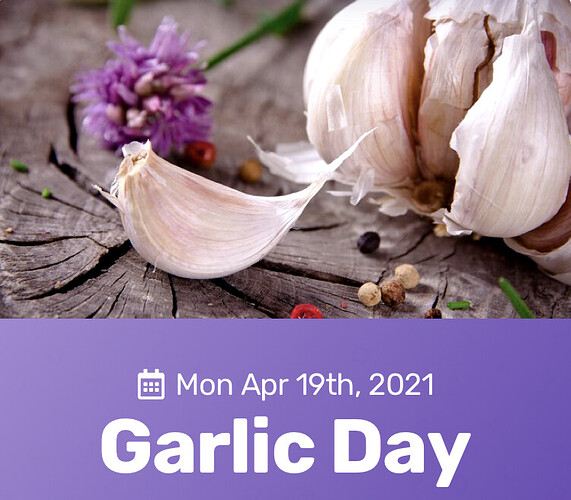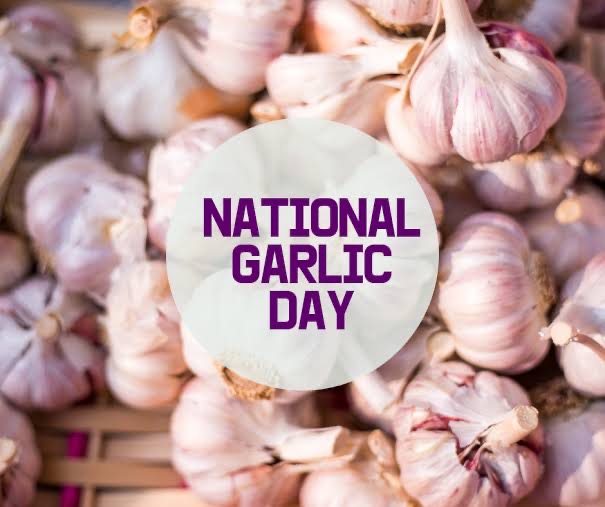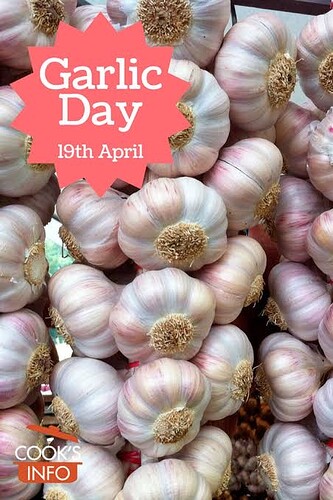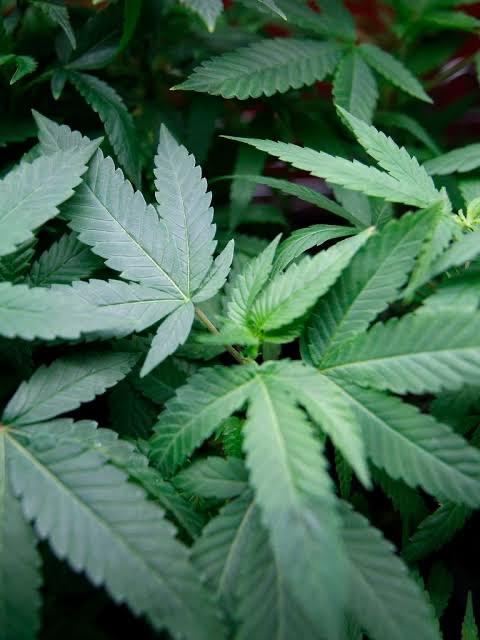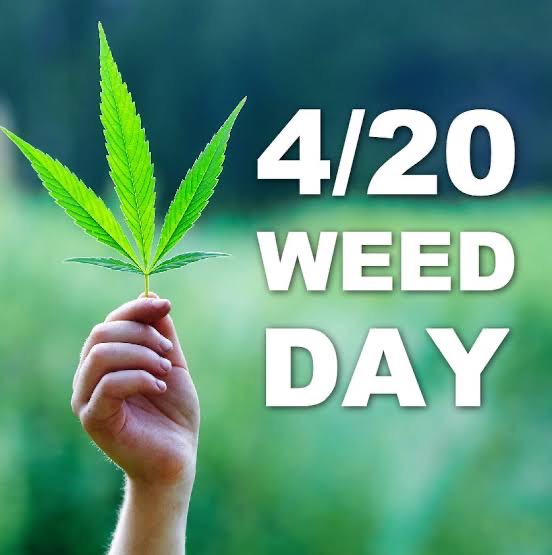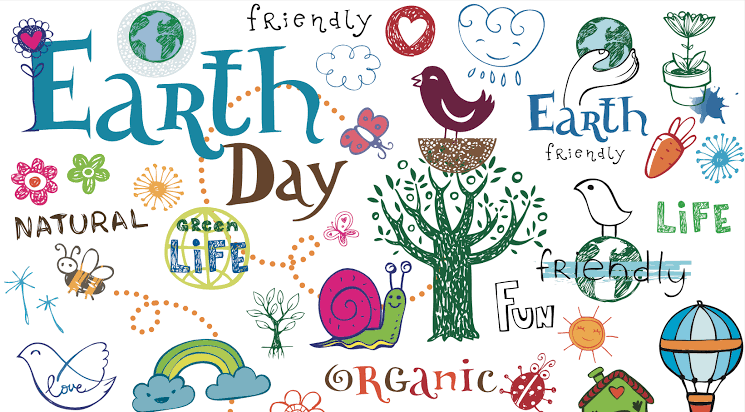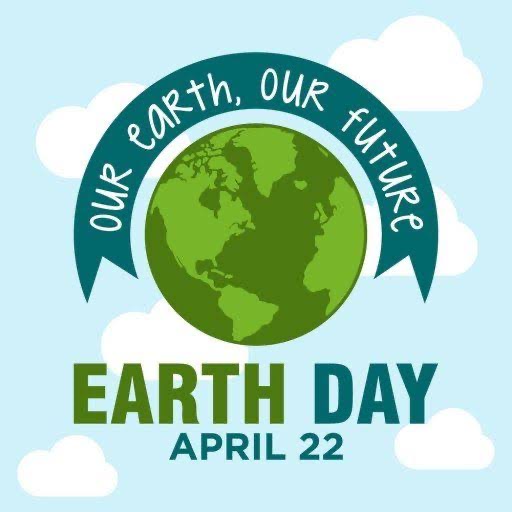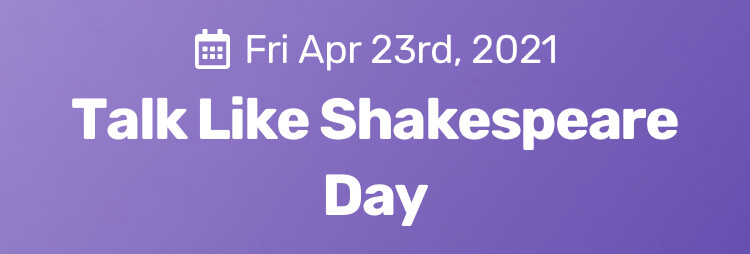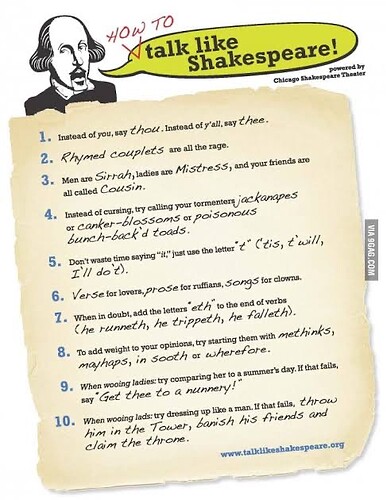Holandaise is a bitch to make, in my experiences anyway.
Hmm, lots of whisking I see…
I might just have to give this a shot…
If you’re up for a challenge, try a Bearnaise sauce too 
Yeah, best you try all the sauces while you’re at it.
A hollandaise isnt that difficult  Just practice - low heat is your friend
Just practice - low heat is your friend
It is Saturday, 17 April 2021
(W15/D107/258 rem)
Today is:  International Haiku Day
International Haiku Day
now is haiku day / say all in five seven five / irritate wife so
If there is one special thing that certain people tend to remember from school, it’s the day that we were introduced to the great Japanese art-form that is Haiku.
While it may have an ancient and noble history, it is likely at it’s most ignoble when a group of young kids try to cobble together Haiku in series of five-seven-five! Still, just the act of being creative can be fun and exciting, whether young or old.
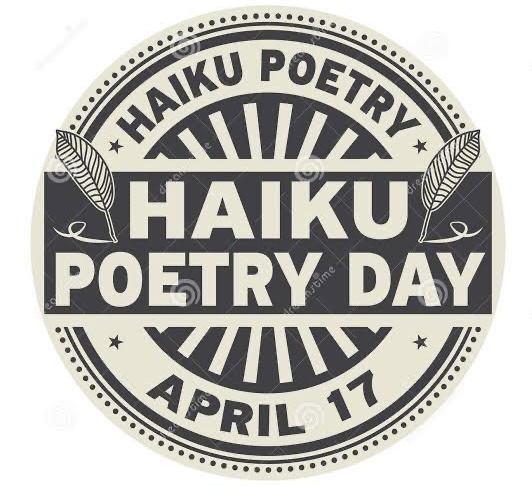
The history of Haiku Poetry Day traces the origin of this beautiful, yet simple, form of poetry.
Haiku was originally found as the opening to another form of Japanese poetry called a Rengu. It took until the mid-1600’s for Hokku, the form Haiku was found in at this time, to start appearing independently from its parent form, Renga, and its Renku roots.
In the late 1800’s Hokku was renamed to Haiku when it appeared independently by the famous Japanese poet, author, and literary critic, Masaoka Shiki. Although Shiki only lived a short 35 years, he is credited with the writing of almost 20,000 stanzas, which is quite an accomplishment. He was considered to be one of the first great Haiku Masters.
Two other masters who were responsible for elevating the form of Haiku poetry to an independent art form are Matsuo Bashō and Ueshima Onitsura. These two were considered Masters of Poetry, and helped to promote Haiku so that it was appreciated and understood, even outside of its original context of Renku. So important was Basho to the history of Haiku that he was considered to be a ‘Saint of Poetry’ 100 years after his death.
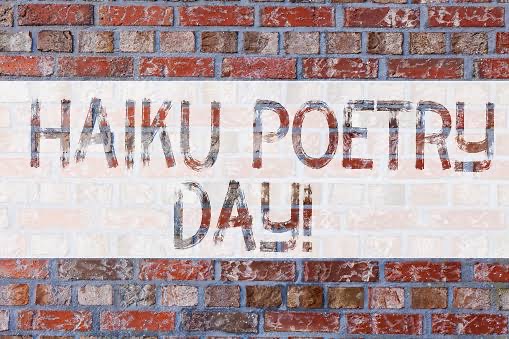
So how did Haiku come to be in the West?
The man held responsible for this (and thus it appears in school curriculum books) was an unlikely Danish man named Hendrik Doeff. As commissioner of trade in Nagasaki in the 19th century, he developed a love of the art of Eastern poetry. Although he managed to bring it to the West himself, in general it wasn’t greatly received at first. In fact, it took until the early to mid-1900’s for Haiku to appear in the English language.
No matter what language a person speaks or where they come from, Haiku is one where the number of syllables used in a poem can serve as a framework for some of the most beautiful pieces of art ever formed. And Haiku Day is just the day to celebrate and appreciate this!
Haiku Day serves as a reminder that there is so much more to this style of poetry than a misspent week in high school literature classes. Instead, it’s a day to celebrate the width and depth and breadth that can be enjoyed when words are limited but imaginations are allowed to soar.
Use Write a Haiku to help count the syllables in your haiku as you create it:
i write haiku for / you to realise that i / can count to seven
Or try Poem of Quotes’ Haiku Generator which creates a haiku for you using your suggestions of related nouns:
electric, moving / average number of cars / into the driver
Or go full random generated haiku at Poem Generator using your own terms or purely random ones:
unfriendly hillside / an atlantic dolphin barks / because of the house
Sometimes, with the right combination of nouns and a little luck, you can get something decent:
boisterous, happy / doubled over with laughter / of the greatest joys
Finally, perhaps one of the more interesting haiku generators is the OpenStreetMap Haiku Generator which uses location information to generate haiku against a very minimalist map background:
Try the generators, or write your own, and submit your creations here for critical appraisal. 
Either way, saturday, sleep late / upon pillow rest your head / great day have later! 
It is Sunday, 18 April 2021
(W15/D108/257 rem)
Today is:  World Heritage Day
World Heritage Day 
World Heritage Day is celebrated each year on April 18 to spread awareness about preserving historical monuments and taking pride in our own heritage.
Officially titled as the International Day for Monuments and Sites, the day was proposed by the International Council on Monuments and Sites (ICOMOS) on 18 April 1982 and approved by the General Assembly of UNESCO in 1983. The aim is to promote awareness about the diversity of the cultural heritage of humanity, their vulnerability, and the efforts required for their protection.
However, World Heritage Day (to give it its easier to recall colloquial name) is not just about monuments and buildings. It’s a day to celebrate one own’s history and culture and to spread awareness about dying cultures like the tribals. The main message of World Heritage Day is to spread awareness of our rich cultural diversity and preserving ancient cultures. It also gives a message to the younger generations to carry their message forward.
The World Heritage Day 2021 theme is ‘Complex Pasts: Diverse Futures’. This year ICOMOS wants people from various religious backgrounds to set aside their differences and come forward and spread the message of solidarity among different cultures.
Every day people all over the world celebrate their cultural heritage, simply by living their lives in a way that embodies who they are and where they came from. But one day a year is set aside to celebrate the joint history and heritage of the human race. World Heritage Day encourages us to celebrate all the world’s cultures, and to bring awareness to important cultural monuments and sites, and to espouse the importance of preserving the world’s cultures.
A number of different events happen all over the world to mark the day. This includes a wide range of activities, conferences, and visits to heritage sites and monuments. For those who are unaware, a heritage site is basically a place that is of cultural significance. It preserves the legacy of intangible attributes and physical artifacts of a society or group that is inherited from previous generations.
There are truly some incredible heritage sites and monuments around the world. This includes the Machu Picchu, which is situated in the lush and mountainous terrain high above the Urubamba River in Peru. There are lots of amazing sights in Egypt, and the Pyramids of Giza are one of them. Other places of note include Bagan in Myanmar, Angkor Wat in Cambodia, and the Great Wall of China.
Visit heritage sites online - many of them offer virtual tours in these pandemic times. Discover a new wonder, monument, and cultural heritage site, and learn more about our world in all its wonderful diversity.
Have an all round outstanding Sunday! 
Time to use my quote!
“We all have a history, it’s what we choose to keep that becomes our heritage.”
It is Monday, 19 April 2021
(W16/D109/256 rem)
Today is:  Garlic Day
Garlic Day 
Garlic is beloved by a variety of cultures, with many people saying that there can never be too much garlic in a dish or a meal. For those people who love garlic, then Garlic Day is the perfect day!
Garlic Day celebrates the history of garlic, in addition to its glorious taste and its incredible health benefits. Garlic Day helps experts and average people alike to explore the history of this bulb, learning how it came to be one of the most popular flavors in the world.
Garlic is known as one of the most essential flavoring bulbs that have been used throughout human history. Wild garlic has been traced back to Central Asia more than 5000 years ago. While today garlic is now considered a significant part of Mediterranean cuisine, the ancient Romans weren’t actually massive fans of it, although their soldiers did use it to inspire courage.
The earliest uses of garlic in cooking were by the people of the Medieval and Renaissance times. It was only used in small doses in sauces because it was considered to be a peasant-food since it is technically just a root dug up from the ground. It wasn’t until the late 19th century that garlic was recognized by culinary chefs.
Garlic is also known for its magical and medicinal properties! These stretch so far as to include the ability to ward off creatures such as vampires, werewolves, and demons, but this may also just imply that the person who has eaten garlic has a bit of bad breath!
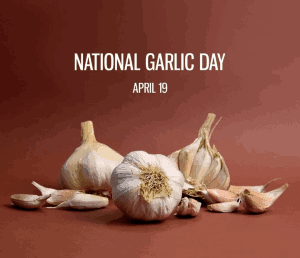
In addition to magical powers, garlic is known to have herbal medicinal properties, including being able to reduce blood pressure and cholesterol.
Known as nature’s wonder drug, garlic is recognized for its wide-reaching medicinal properties, in the treatment and prevention of disease. It has been credited with extending human longevity, preventing certain cancers, lowering cholesterol levels, reversing high blood pressure, resisting the common cold and overcoming fatigue.
The herb, which can also be deemed a vegetable too, is rich in protein, vitamins A, B-1 and C and contains essential minerals such as calcium, magnesium and iron. It also contains 17 different amino acids.
Today, garlic festivals exist throughout local towns in various places as garlic is used in many dishes all over the world.
So, why not grab a clove or two, peel them, crush them, and use them in your Garlic Day dinner?!
Have a perfectly pungent Monday! 
Garlic bread is one of my firm favourites!
Yay for garlic!
I add it to most foods! Best is to take a head of garlic cut it in half, drizzle olive oil over it with some salt, bake in the oven till squishy soft.
Take some bread and toast it, rub the roasted garlic on it, add some fresh basil, tomato and mozzarella ontop and enjoy!
Use a lot of garlic. Put quite a bit on potatoes with butter last night.
It is Tuesday, 20 April 2021
(W16/D110/255 rem)
Today is:  Weed Day 4:20
Weed Day 4:20

Stoners of the world unite! It’s Weed Day, bro! But why “4:20”? The origin story behind 4:20 and April 20 subsequently becoming associated with pot smoking lies hidden in a haze of pungent smoke. Time magazine (and others) have investigated…
Both marijuana smokers and non-smokers recognize April 20 or 4/20 as a national holiday for cannabis culture, but few actually know how the date got chosen.
Some say “420” is code among police officers for “marijuana smoking in progress.”Some note 4/20 is also Adolf Hitler’s birthday. And some go as far as to cite Bob Dylan’s song “Rainy Day Women #12 & 35” because 12 multiplied by 35 equals 420.
But, to put it bluntly, those rumors of the history behind how April 20, and 4/20, got associated with marijuana are false.

The most credible story traces 4/20 to Marin County, Calif. In 1971, five students at San Rafael High School would meet at 4:20 p.m. by the campus’ statue of chemist Louis Pasteur to partake. They chose that specific time because extracurricular activities had usually ended by then. This group — Steve Capper, Dave Reddix, Jeffrey Noel, Larry Schwartz, and Mark Gravich — became known as the “Waldos” because they met at a wall. They would say “420” to each other as code for marijuana.
As Reddix told TIME in 2017, “We got tired of the Friday-night football scene with all of the jocks. We were the guys sitting under the stands smoking a doobie, wondering what we were doing there.”
The shenanigans continued long after 4:20 p.m., too. The group challenged each other to find ever-more-interesting things to do under the influence, calling their adventures “safaris.”
Later, Reddix’s brother helped him get work with Grateful Dead bassist Phil Lesh as a roadie, so the band is said to have helped popularize the term “420.” On Dec. 28, 1990, a group of Deadheads in Oakland handed out flyers that invited people to smoke “420” on April 20 at 4:20 p.m. One ended up with Steve Bloom, a former reporter for High Times magazine, an authority on cannabis culture. The magazine printed the flyer in 1991 and continued to reference the number. Soon, it became known worldwide as code for marijuana. In 1998, the outlet acknowledged that the “Waldos” were the “inventors” of 420.
Bloom, now the publisher of Celebstoner.com, has credited the people who wrote the flyer for the date’s reputation as an annual gathering of pot smokers. “They wanted people all over the world to get together on one day each year and collectively smoke pot at the same time,” he wrote in 2015. “They birthed the idea of a stoner holiday, which April 20 has become.
More 4:20 origin stories:
If you do indulge in the herb, please do so safely, and have a terrific toked up Tuesday! 
The greatest weed song ever:
And the rest of the best tunes to toke to:
Enjoy your [REDACTED] today peoples!
It is Wednesday, 21 April 2021, My Dudes
(W16/D111/254 rem)
Today is:  World Creativity and Innovation Day
World Creativity and Innovation Day 

World Creativity and Innovation Day is a global UN day celebrated on 21 April to raise awareness around the importance of creativity and innovation in problem solving with respect to advancing the United Nations’ sustainable development goals, also known as the “Global Goals”.
World Creativity and Innovation Day provides people with an excuse to try to solve old problems in new ways–with the potential of finding better and more effective methods to accomplish our goals!
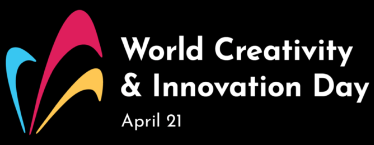
No more hum-drum day-to-day sameness. Instead, it is time to open that creative center, no matter how far inside the mind it has been buried, and try to be part of making the world a better place!
In 1452, a man was born who would set the standard for what it meant to be a Renaissance man, excelling in both the arts and the sciences. He was involved with Invention, Mathematics, Music, Geology, Astronomy, Cartography, just to name a few. In just about anything he turned his mind or hand to, Leonardo da Vinci made significant advances.
In fact, this man was seen as the utterly perfect example of a universal genius, and his logical approach to the world was truly advanced and unusual for his time. And although he was admittedly unique, that doesn’t mean others can’t take a cue from him and try to think in innovative ways as well.
World Creativity and Innovation Day was established to encourage everyone to dig deep and find their own inner da Vinci.
Creativity and innovation are beneficial in every walk of life, occupation and career. From those in customer service finding ways to improve their customers’ experiences to scientists whose every workday is filled with learning new things about the world and finding new ways to apply it. From politicians who could use their creativity to find new ways to solve problems and aid the public to medical workers who can seek out new ways of doing things that will protect their patients as well as society.
With efforts supported by the United Nations, World Creativity and Innovation Day encourages every individual to imagine what it would be like to live in a better world with different solutions and more cooperation.

More info and ideas from the UN and the WCIW sites:
Have a wonderfully creative and innovative Wednesday my Dudes! 



It is Thursday, 22 April 2021
(W16/D112/253 rem)
Today is:  Earth Day
Earth Day 
Earth Day  is an annual event held on April 22 to demonstrate support for environmental protection. First held on April 22, 1970, it now includes a wide range of events coordinated globally by EarthDay.org. An estimated 1 billion people in more than 193 countries take part in various Earth Day events and activities.
is an annual event held on April 22 to demonstrate support for environmental protection. First held on April 22, 1970, it now includes a wide range of events coordinated globally by EarthDay.org. An estimated 1 billion people in more than 193 countries take part in various Earth Day events and activities.
Earth Day 2021 will mark the 51st anniversary of this holiday. Typically, Earth Day is assigned a different theme or area of focus each year; this year’s theme is “Restore Our Earth.”
Most years, Earth Day events range from river cleanups to removals of invasive plants. With social distancing still in place for many of us this April, Earth Day has gone digital. Virtual events, such as environmental lectures and films, will take place on Earth Day (Thursday, April 22).
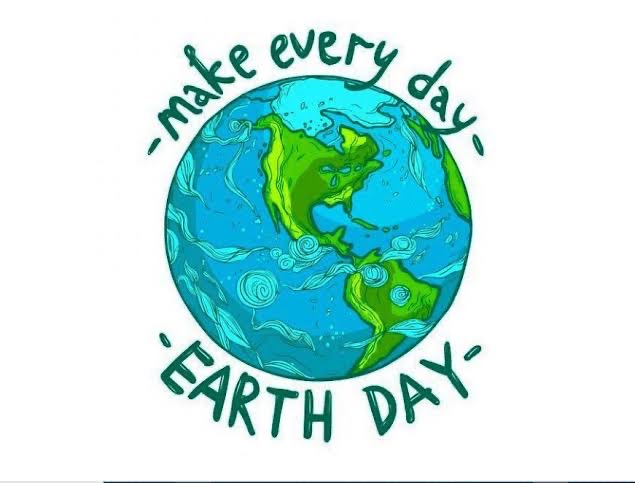
To see a catalog of official events, visit earthday.org.
Of course, social distancing doesn’t mean that you can’t go outside and enjoy nature, as long as you do so responsibly! Nature is not canceled!
As the world’s largest environmental movement and the most widely celebrated secular occasion, with over 1 billion people and more than 75,000 partners involved each year across almost 200 countries, Earth Day has gone from strength to strength over the course of its history.
Founder Gaylord Nelson, a former US senator, thought of the idea after witnessing the 1969 oil spill in Santa Barbara, California. Inspired by the vigor of the student anti-war movement, he believed it was essential that energy was shifted to concerns about air and water pollution.

Originally envisioned as a campus teach-in event, Senator Nelson enlisted youth activist Denis Hayes to help organize the first Earth Day in 1970, and the pair opted for 22 April due to where it fell in the academic year, ensuring that the maximum number of students would be able to take part.
The first Earth Day helped put environmental protection on the political agenda and bring about change. That same year the United States Environmental Protection Agency was set up, and soon after various legislation was passed, including the Clean Air, Clean Water and Endangered Species Acts.
It wasn’t until 1990 that Earth Day went global, spreading the message to 200 million people in over 140 countries. By the millennium it had reached more than 180 countries and involved hundreds of millions of participants worldwide. And of course the year 2020 marked the 50th anniversary of Earth Day.
2016’s Earth Day was a particularly special year, as it heralded the United Nations’ adoption of the Paris Agreement. Signed by 175 countries, this international treaty established legally binding targets for tackling the climate emergency, ensuring that as many nations as possible are working together to cut emissions and prevent global warming.
As a day of action, Earth Day aims to promote environmentalism through engagement, activism, education, policy changes and peaceful protest. It has focused on various themes over the years, such as climate change, trees, clean water and a healthy environment for children, and multiple organizations and venues host events that showcase the importance of caring for the environment.
Whether it’s a walk through the woods, picking up litter (while walking!), or buying more Earth-friendly products, here are 10 socially distant, family oriented ways that you can help to care for your planet:
- Support Our Pollinators! - Bring native bees and other pollinating creatures to your garden.
- Clean Up Plastic in Your Neighborhood or Local Park - One of the best ways to connect with the Earth is through cleanups!
- Swap Out Your Kitchen and Household Products - Think biodegradable and no chemicals or plastic. 100% recycled aluminum foil, chemical-free parchment paper for baking, compostable bags made with potato starch, and even vegetable-based inks for their packaging. And chemical-free cleaning products.
- Plant a Tree! - They capture carbon, cool overheated places, benefit agriculture, support pollinators, reduce the risk of disease transmission, and boost local economies.
- Use Wildflowers and Native Plant - Wildflowers and indigenous species are not only beautiful but also attract native and beneficial insects that improve both pest control and pollination—meaning bigger flowers and bigger harvests. They’ll also bring in more pollinators as well as birds!
- Reduce, Reuse, Recycle in the Garden - Caring about yourself and nature means being less wasteful and saving money, too.
- Stop Pesticides and Chemicals in the Garden - Much of this is simply about focusing less on the plant and more on the health of the soil that supports the plant. If it’s nutrient-rich with organic matter, plants thrive.
- Conserve Water! / We waste a lot of water. Avoid overwatering your plants and improve their health by knowing how much your garden really needs. Avoid watering your garden vegetables and plants from overhead, which invites fungal disease. Water at the soil level.
- Think About Your Diet - About one-third of the food that we produce every year goes to waste annually! Usually, this happens after we buy the food. How do we avoid waste in our own lives (and save money)? Also, how can we improve our diet so that it’s healthier for ourselves (and the planet)
- Get Kids Involved - Pass down a love of nature and plants to kids. There are lots of opportunities for hands-on learning experiences outside.
These ideas and activities, and much more info and suggestions are from the Farmer’s Almanac, and if there’s anyone that knows how to look after the Earth it’s farmers. See more here:
The official Earth Day site is also crammed full of projects, ideas, and activities for you:
Be kind to the Earth, and have a most excellent Thursday! 

It is Friday, 23 April 2021
Today is:  Talk Like Shakespeare Day
Talk Like Shakespeare Day 
As the name indicates, Talk Like Shakespeare Day encourages you to talk like the literary genius himself! William Shakespeare is the most famous and celebrated poet and playwright in the world.
He was (probably) born on 23 April, 1564, and died on 23 April, 1616. His stories are often studied in schools, and many people have memories of going to the theater and watching a Shakespeare play. So, there is no better way to honor Shakespeare than by dedicating yourself to speaking like him on this day.
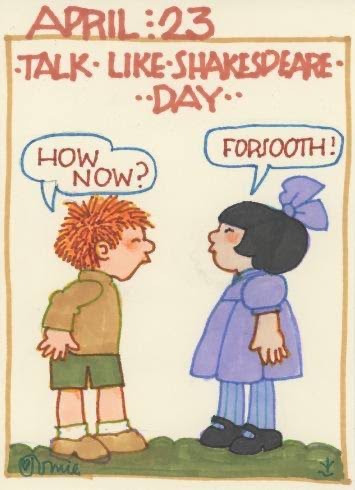
Of course, speaking like Shakespeare is not easy! If you have ever read one of his plays, you will know exactly what we are talking about. However, there are a number of tricks that you can use to speak like Shakespeare on this day. For example, instead of using the words they and you, you can use the words ye, thee, and thou.
Creative insults and rhyming couplets were very popular within his work as well, so you are encouraged to use these on Talk Like Shakespeare Day. In fact, did you know that a lot of the phrases that we use today are owed to Shakespeare?
This day has been celebrated since 2009. This is when the first Talk Like Shakespeare Day was launched by the Shakespeare Theater in Chicago. The day was inspired by another day that was honored to speaking like a character; Talk Like a Pirate Day. The theater company decided that since we have a day when we speak like pirates, we should most definitely have a day when we talk like Shakespeare! A lot of theaters all over the world honor this day with various events and celebrations.
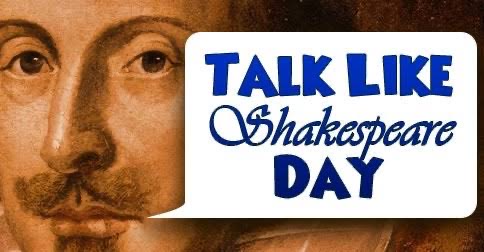
The myth of which we speak is the prevalent idea that the entirety of people in Shakespeare’s day spoke like those in his plays. The truth of the matter is that the speech and spelling used in Shakespeare’s day had very little resemblance to that speech used in his works. It was a sort of ‘stage voice’ that was created to romanticize the play and to lend them greater impact on the ears of those who attended them. Regardless, it has been largely believed in the years that followed that this was the speech of the day.
Talk Like Shakespeare Day encourages us to embody that speech, and to bring the stage to all the world that we live in. After all, “All the world ‘s a stage, and all the men and women merely players.” This celebration is your opportunity to bring that concept to life and to regale your friends and companions with the rich and colorful speech of Shakespeare’s works. After all, if you cannot bring the people to the Globe Theater, then you can bring the Globe Theater to the people!
Talking like Shakespeare doesn’t need to be complicated. Try these suggestions, practice a little, and soon you too will be Talking like Shakespeare:
- Switch up your pronouns! Instead of you say thou (or thee for more than one person), or you could try “thy,” “thine,” or “ye.”
- Call all of your friends “cousin.” (This one should be easy for many South Africans, hey my cousins?!)
- Drop the word it and just add a ‘t’ – ex: ’tis, t’will, t’would, etc.
- Try to speak in rhyming couplets!
- When in doubt, add an “eth” or “est” to the end of verbs – “he runneth” instead of “he ran” or “thou thinkest” instead of “you think”.
If you want it a little more “officially”, but still very amusingly, try this short video for some useful explanations for some of the main Shakespearean English language parts.
Finally, for an all-in-one resource of all things Shakespeare, including his use of language, modern English versions of many of his plays, and more translators of Shakespearean to Modern English, visit No Sweat Shakespeare.

‘Tis Friday mine own cater-cousins! Going to has’t excit’ment on Friday! Maketh ‘t a wond’rful one! 

What does’t mean rhymed couplet?
Two lines that rhyme,
And have the same time.
I am a poet,
And I didn’t even know it.
I make a rhyme,
All the time. 
Double, double, toil and trouble;
Fire burn and cauldron bubble.
Good night, good night. Parting is such sweet sorrow,
That I shall say good night till it be morrow.
This precious book of love, this unbound lover,
To beautify him only lacks a cover.
Did my heart love till now? Foreswear it, sight.
For I ne’er saw true beauty till this night.
Basically two rhyming lines that have the same rhythmic structure in a verse.
 Good morning!
Good morning! 
